Last Updated on December 14, 2023 by
Choosing a suitable soccer ball can make you unstoppable on the field. What is the best football? Do you know how to choose the right soccer ball for you? So on and so forth…
I’m going to share with you all the information you need about football shopping, including size, material, manufacturing process, venue, etc.
For the football lovers out there, let’s check this out!
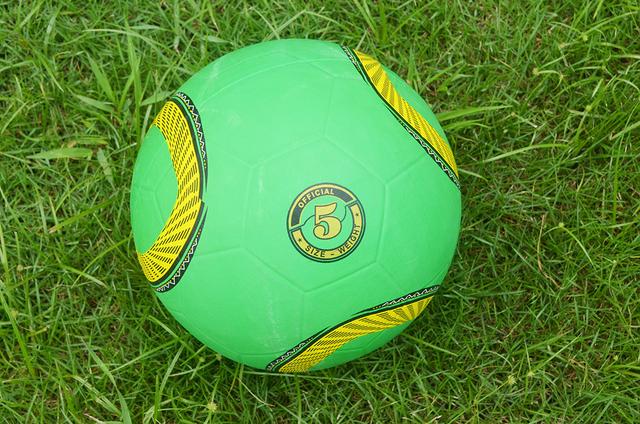
What size football should I buy?
A football consists of 20 hexagons and 12 pentagons panels, a total of 32 leather panels, but the size of the football is determined by the size of the polygon, which can be divided into Size 3, Size 4 and Size 5, etc., how do we choose different sizes of footballs?
Size 3 Soccer Ball: There is a strict size limit on the Size 3 football, its diameter is generally about 18cm, and it is mostly used as a training ball for children aged 5 to 12.
Size 4 Soccer Ball: The Size 4 football has a diameter of 20cm. It is primarily used for 5-a-side and 7-a-side competitions, or indoor football. It is also used as a training and small game ball for teens in middle and high school.
Size 5 Soccer Ball: Size 5 football measures 21cm in diameter and is usually used for regular large-scale adult competitions or training.
Size 7 Soccer Ball: This size 7 ball is relatively rare. It is generally the size of a basketball. It is used for display, decoration, and art.
What materials are best for football?
It used to be that footballs were generally made of leather materials such as cowhide and beef tendon. But through the advancement of technology, footballs are now mainly made of PU, PVC, or leather. so which one is the best?
PU material: PU footballs are good quality, soft to the touch, waterproof, anti-fouling, wear-resistant, cool-resistant, and suitable for indoor and outdoor use.
PVC material: Football made from PVC is cheap, and has good wear resistance, folding resistance, acid and alkali resistance, etc., however, it is unsustainable and seriously affected by the climate. It cracks more readily in winter and is more prone to deformation and bagging. It is not recommended for purchase.
Synthetic leather: It is also divided into cowhide and sheepskin, and this type of material is more expensive, easily absorbs water making the soccer heavy, and prone to deformation with poor maintenance.
How to choose the right stitching for your football?
Making footballs is not the same as making good footballs, the manufacturing process determines a soccer ball’s handling, speed, and touch. So, what are the manufacturing processes of soccer balls?
Hand-Stitched Soccer Balls: The hand-stitched ball is purely hand-sewn, and the production cost is high. It has the characteristics of wear resistance, kick resistance, comfort touch, and good operability, most are used for official games, but are not water resistant, and their weight increases in rainy weather, affecting player control.
Machine Stitched Soccer Balls: It is a machine-made ball that is low in manufacturing costs and easily mass-produced, but it is hard to touch, the stitches are visible, and it is not as strong as a hand-sewn ball, and it is not as water-resistant, so it is mainly used for training or entertainment.
Hybrid Soccer Balls: It also called micro stitched soccer balls. A hybrid ball is a new type of technology that combines machine sewing and thermal bonding. It solves the problem of fast thermal bonding balls, makes the foot feel more like hand-stitched balls, and controls water ingress.
Thermo Bonded Soccer Balls: The thermo-bonded soccer ball is mostly made of PU, which has faster ball speed, better water resistance, and a slightly harder foot feel than hand-stitched soccer balls. It has higher operability, so it’s generally suitable for professional players.
Choosing the right venue for football
Generally speaking, football pitches are manufactured from solid wood, plastic, grass, or other materials. The sizes and materials of indoor and outdoor football pitches are also different, as well as the football pitches suitable for different materials.
Turf Soccer Ball: There is a large area of outdoor football fields, most of which are grass fields. As an outdoor football field, the ball must be durable and wear-resistant. It is generally of size 5, and the ball is mainly made of PU material.
Indoor Soccer Ball has the characteristics of being small and low rebound. It is mainly used to practice footwork and skills. The indoor soccer ball is suitable for the use of a Size 4 low bouncing ball.
Beach Soccer Ball: has a high resistance, it is difficult to exert force, and the feet are easily injured. Therefore, the ball surface of beach football is softer than the normal surface of a football. In general, it is not easily stuck to the sand, it has good resilience, and is suitable to wear barefoot on the beach.
Top 3 Tips for buying footballs
In addition to reviewing the size, material, manufacturing process, and other aspects of the football, you should also conduct some detailed inspections, such as checking the elasticity, circumference value, air tightness, and other aspects to determine if the football meets the standard.
Check the elasticity of a football
The elasticity of the football has a direct impact on the player’s control of the ball and judgment of where the ball should be placed.
When you let the football bounce from a height of 1.8m, you can let it fall to the ground. The rebound height is between 1.2m and 1.4m, which has good elasticity, It is not elastic or overinflated if the football jumps back too lower or too higher.
Measure the football’s circumference
Unqualified circumference balls are difficult to control, and their motion trajectory will deviate too much. As an example, you can roll the ball on flat ground and observe its motion trajectory. It will follow a relatively straight course, but any football that does not meet the standard will deviate a great deal from it.
Check the tightness of the football
Quality footballs should not have air leaks, slow air leaks, etc. Air tightness is one of the most important factors to check.
A commonly used inspection method is to charge the football to a proper pressure and then place foam on the air nozzle. If there are small bubbles, it means the football is leaking. Do not buy this kind of football.

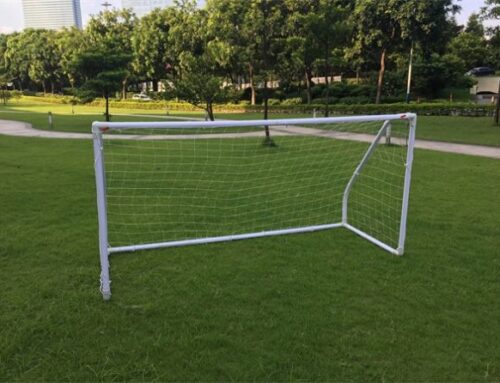
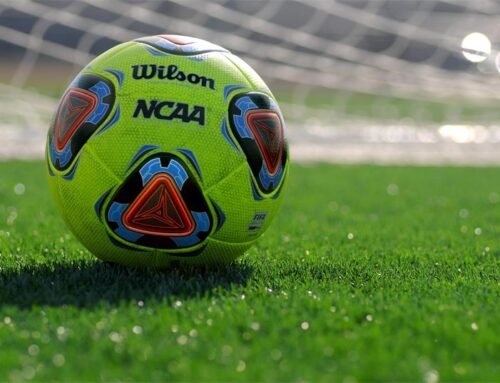
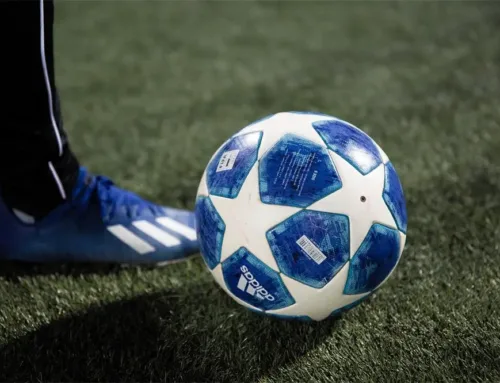
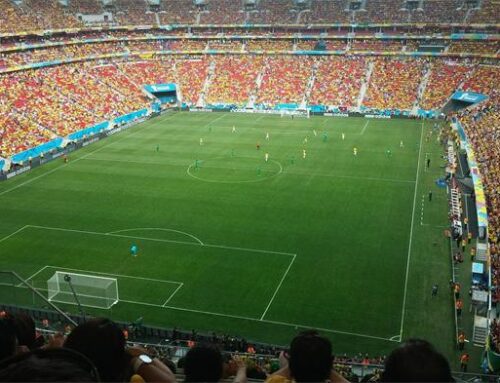

Leave A Comment